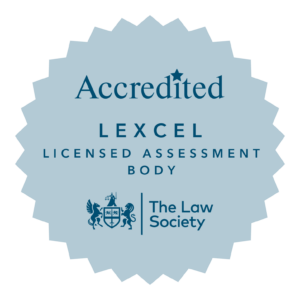What is domestic violence or domestic abuse?
As of March 2013, the government’s definition of domestic violence is extending to include:
- Victims aged 16 and 17
- Behaviour considered controlling or coercive
The previous definition of domestic violence only included people aged 18 or over. However, the British Crime Survey 2009/10 found that 16-19 year olds are the age group most likely to suffer domestic abuse. 12.7% of females and 6.2% of males in this age bracket suffer abuse, as compared to 7% of females and 5% of males who are 18 or over. Following these statistics, the findings of the government’s Teenage Relationship Abuse Campaign and a 15 week consultation, the government deemed it necessary to extend the definition. A new NSPCC young people’s panel has also been set up, to assist the government in tackling domestic abuse.
The definition has also widened its inclusion of behaviour that amounts to domestic abuse. Controlling and coercive behaviour are now both included (the full definitions of which are provided below). The addition of coercive control could have a substantial effect on cases brought under the umbrella of domestic violence, as on-going patterns of abusive behaviour will now be recognised, as opposed to only single acts.
The expanded definition is amongst other measures being taken to tackle domestic violence. The government has allocated nearly £40 million to spend on specialist domestic and sexual violence support services, rape crisis centres and domestic abuse helplines.
However, the government has also placed restrictions on the help that victims of domestic violence can receive. The Legal Aid, Sentencing and Punishment of Offenders Act 2012 (LASPO), which will be implemented in April 2013, states that people who have suffered domestic violence will now only qualify for public funding if they can provide evidence of the abuse. One of the ways in which proof can be given is a letter from a Local Authority, reporting that the person has indeed suffered abuse.
The new definition of domestic violence may therefore go some way in helping to combat the restrictions put in place by LASPO. It is not a legal definition, but will be used by government departments. The wider definition of domestic violence will allow Local Authorities to make more referrals, helping victims who cannot afford to pay legal fees to receive legal aid.
The new definition of domestic violence is as follows:
Any incident or pattern of incidents of controlling, coercive or threatening behaviour, violence or abuse between those aged 16 or over who are or have been intimate partners or family members regardless of gender or sexuality. This can encompass but is not limited to the following types of abuse:
- psychological
- physical
- sexual
- financial
- emotional
Controlling behaviour is: a range of acts designed to make a person subordinate and/or dependent by isolating them from sources of support, exploiting their resources and capacities for personal gain, depriving them of the means needed for independence, resistance and escape and regulating their everyday behaviour.
Coercive behaviour is: an act or a pattern of acts of assault, threats, humiliation and intimidation or other abuse that is used to harm, punish, or frighten their victim.” *
This definition, which is not a legal definition, includes so called ‘honour’ based violence, female genital mutilation (FGM) and forced marriage, and is clear that victims are not confined to one gender or ethnic group.
Peggy-McCoid-Davies
Creighton & Partners
March 2013


